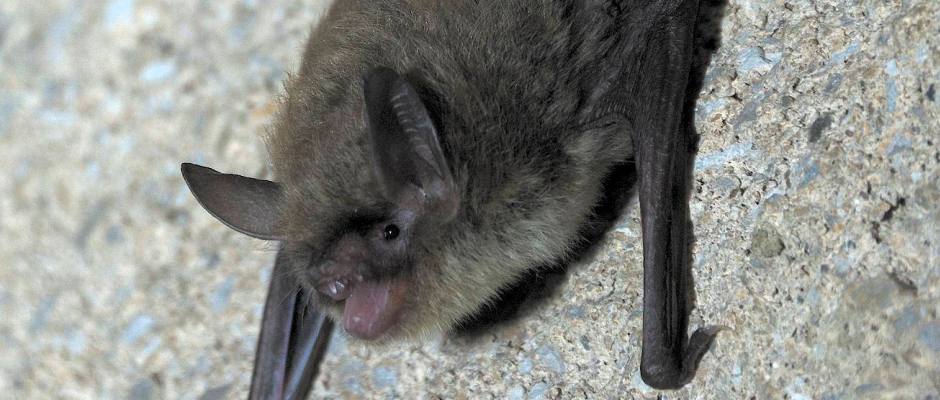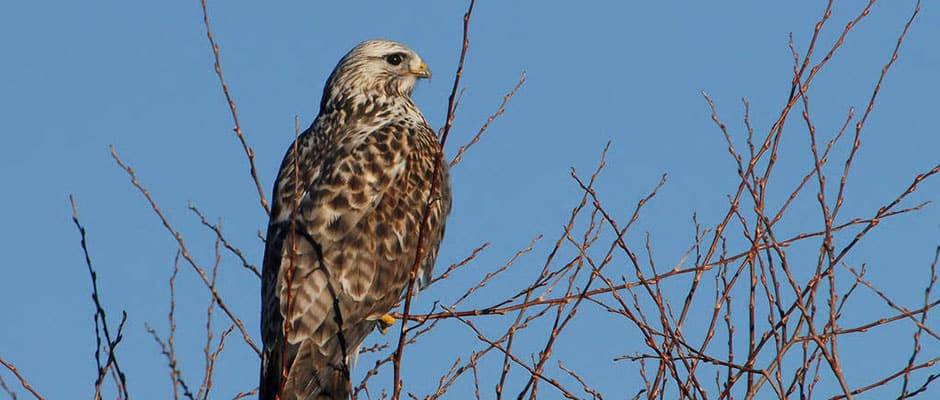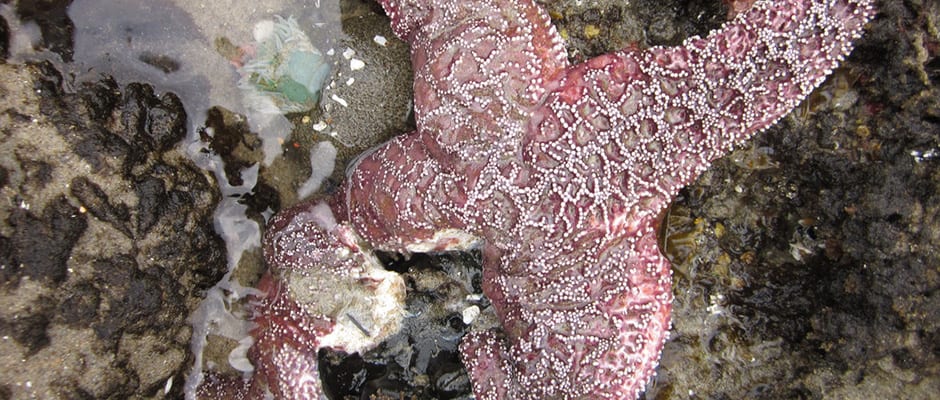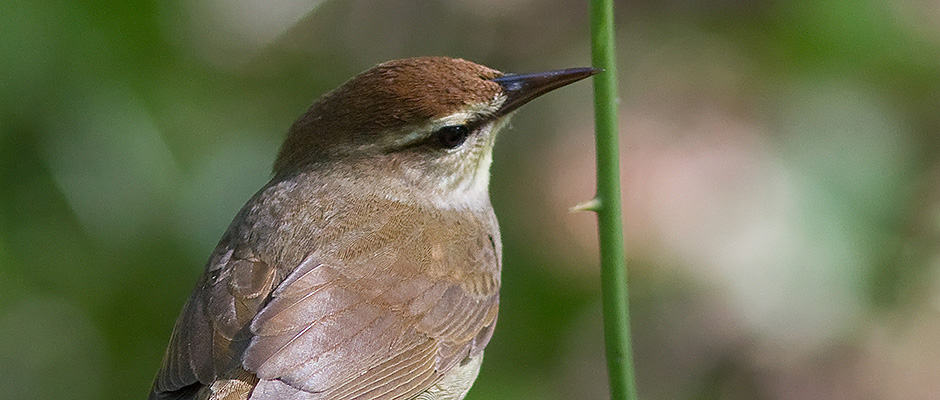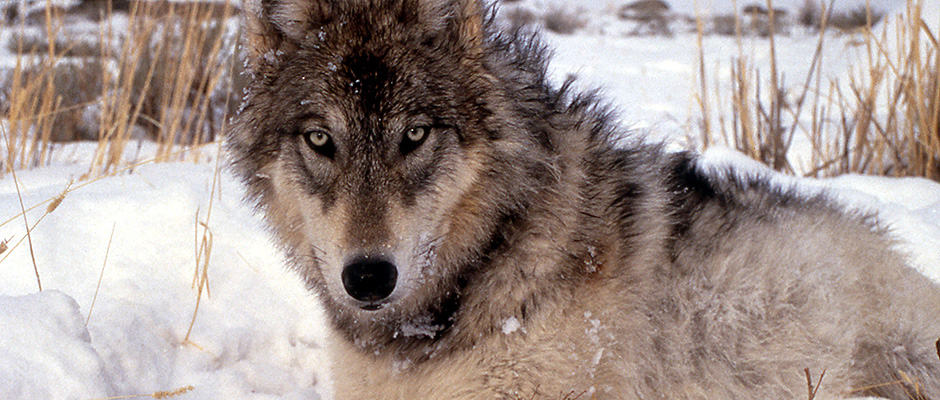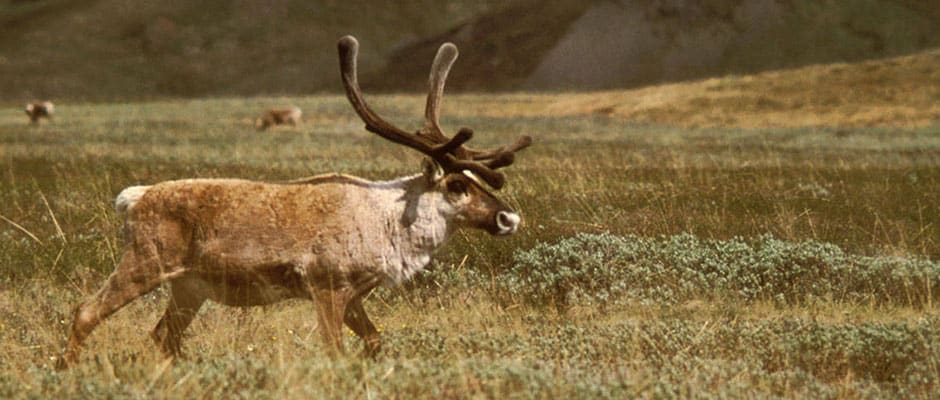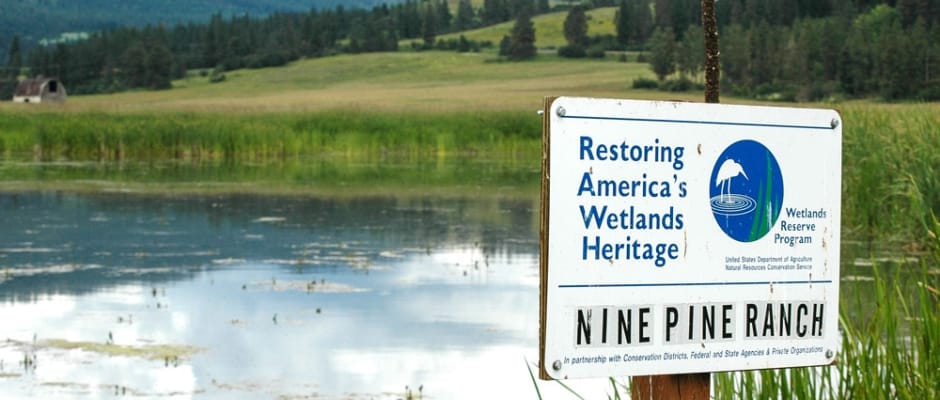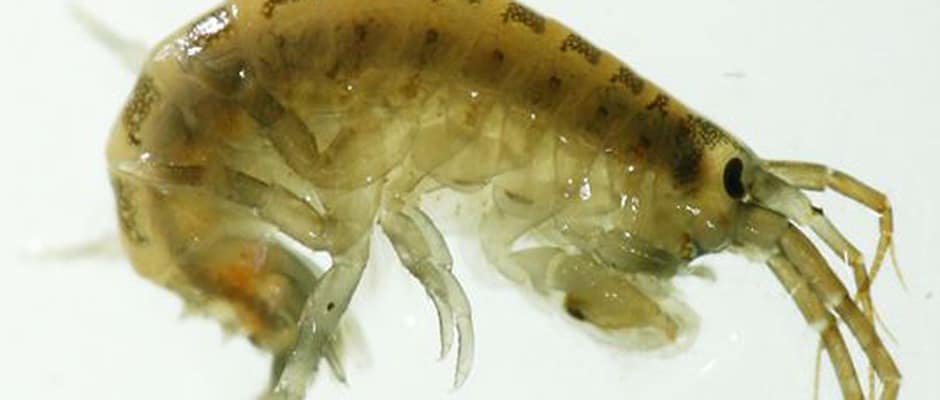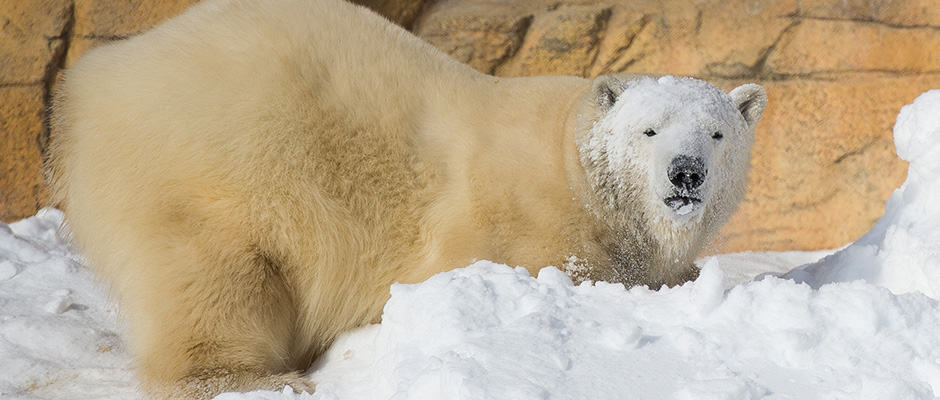
Winnipeg, Manitoba | October 17-21, 2015
Call for Proposals: Workshops, Symposia, Panel Discussions, and Special Poster Sessions
Deadline: February 6, 2015
Proposals for workshops, symposia, panel discussions, and special poster sessions are invited for the 22nd Annual Conference of The Wildlife Society. The Wildlife Society invites proposals related to all aspects of wildlife ecology, management and conservation.
Session Descriptions
Symposia are comprised of a series of presentations that address aspects of a single topic. Symposia usually are a half day; however, requests for a full day may be considered. Speakers are scheduled for 20- or 40-minute time slots, and organizers may include only one 20-minute discussion period in the agenda. Symposia are scheduled to run concurrently with other conference sessions. Attendance is open to all conference registrants on a walk-in basis
Panel Discussions are a forum for interactive discussion of a topic among a panel of experts and an interested audience. Typically, a panel of four to eight speakers makes introductory remarks. The audience is then invited to make comments and question the panel of speakers. Panel discussions are a quarter day in length (100 minutes) and are scheduled to run concurrently with other conference sessions. Attendance is open to all conference registrants on a walk-in basis.
Workshops provide training on a specific skill, technique, or process and may involve one or more instructors. Workshops are intended to emphasize learning through participation, discussion, and “hands-on” activities. For this reason, workshop organizers must specify an upper limit on attendance. Attendance at workshops is by advance registration only, and a minimum fee of $25 for professionals and $10 for student will be charged. Workshops may be a half or full day in length, and are scheduled for Saturday, October 17, 2015.
Workshops are not intended to promote a commercial product, product line, or company. That type of activity belongs in the trade show. If the nature of the workshop requires demonstration of specific products, it is preferred that the instructor be a practitioner rather than a company representative. Alternatively, company representatives may serve as instructors if at least two competing companies are invited to participate. These companies also would be expected to participate in the trade show at regular booth fees.
Special poster sessions are similar to symposia, but presentations are by poster rather than oral. Special poster sessions provide an opportunity for one-on-one dialogue between presenters and attendees. Space for special poster sessions is limited. Special poster sessions are scheduled for a half or full day. Organizers should plan on approximately 20 posters. Attendance is open to all conference registrants on a walk-in basis and run concurrently with other conference sessions.
Responsibilities of Session Organizers
Organizers are responsible for coordinating with the Program Committee, planning their sessions, selecting instructors/presenters, moderating their sessions, and meeting all deadlines. A final session agenda and a complete presenter list will be due by April 24, 2015. Presenters in symposia and special poster sessions must submit abstracts by July 10, 2015. Presenters in symposia must submit PowerPoint files by October 7, 2015. Please mark these dates on your calendar!
The Wildlife Society does not pay registration fees, travel expenses, or honoraria for workshop, symposium, panel discussion, or special poster session organizers or presenters. All organizers and invited speakers must register for the conference. Organizers may seek outside sponsors for these expenses.
Proposal Submission and Requirements
All proposals must be submitted through the online submission site hosted by OASIS. The session submission site can be accessed by clicking the link below.
The submission process will prompt you for the following information:
- Session Type – workshop, symposium, panel discussion, or special poster session
- Preferred Session Length – Workshops and Symposia only– Full or Half Day
- Session Title
- Organizer(s) – names and complete contact information, the submitting organizer will be the contact person.
- Supported by – institutions/groups that are financially or otherwise supporting the proposed session. Emails confirming the support of a special session should be emailed to Tricia Fry, tricia@wildlife.org prior to February 6, 2015. Organizations whose support has not been confirmed will not be published in conference materials.
- Statement of Purpose
- An abstract describing the session, this will be used to advertise your session (300 word limit).
- Detailed description of the session including a list of proposed topics and speakers/presenters.
Workshop proposals will be asked to include the following additional information:
- Room set up and AV requirements
- Maximum Attendance
- Registration fees – a minimum fee of $25 for professionals and $10 for students will be charged, if registration costs exceed these minimums please include a budget with your submission.
Proposal Evaluation and Notice of Decision
Proposals will be evaluated on timeliness of the subject, importance to the profession and/or contribution to science, and the overall quality of the written proposal. Submissions from TWS working groups are especially encouraged. Applicants will be notified whether their proposals have been accepted or deferred by March 14, 2015.
Please direct any questions related to proposal preparation or submission to Tricia Fry, Program Committee Coordinator, tricia@wildlife.org.
Click here to submit your proposal. – Closed
